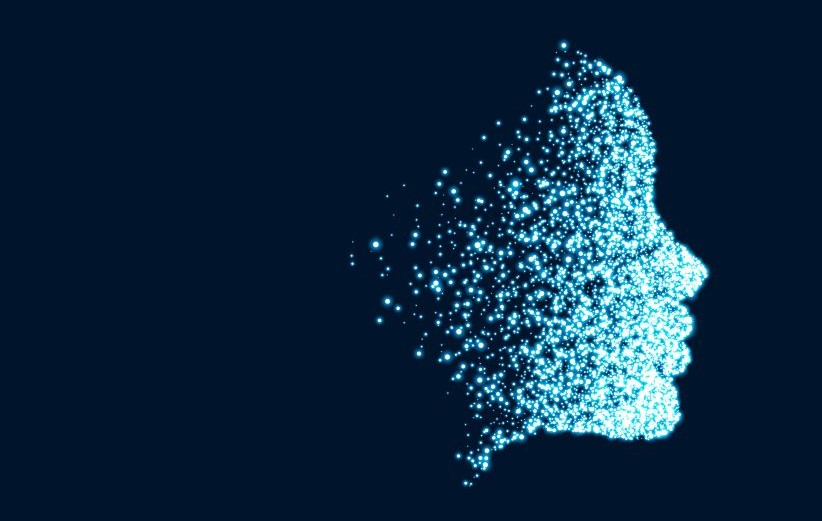Food inspectors and officials in public health face the daunting task of processing a significant volume of inspection reports annually. Each report requires meticulous review and analysis, consuming a substantial amount of manpower. For Tom Sabo, Principal Solutions Architect at SAS, this challenge presents a prime opportunity for artificial intelligence/machine learning (AI/ML) and data analytics to play a pivotal role.
Drawing from over a decade of data sourced from the Chicago Health Department, Sabo leveraged visual text analytics to scrutinize and interpret 92,000 unstructured statements extracted from inspection reports, aiming to derive actionable insights. In November 2023, Sabo shared his discoveries at the American Public Health Association (APHA) annual conference.
In an interview with Sabo, we delved into the intricacies of visual text analytics and its application in this project. Sabo elaborated on SAS’s Viya 4.0 platform, which encompasses data analytics, management, and visualization tools. Visual text analytics, a feature within this platform, facilitates text analysis by delving into documents to discern themes, extract crucial information, and identify patterns automatically.
In the realm of food safety inspections, Sabo focused on pinpointing severe issues such as pest violations and their respective locations within the inspection reports. By correlating these data points, actionable insights could be gleaned to enhance inspection processes. Text analytics played a pivotal role in identifying these significant patterns.
Moving on to Sabo’s collaboration with the Chicago Health Department’s data, he clarified that while direct interaction was absent, they utilized publicly available data spanning from 2010 to 2021. This dataset comprised 11,000 inspection reports from Chicago, yielding 92,000 pertinent statements. The manual scrutiny of these reports would have entailed an exhaustive 7,700 hours or the equivalent of four full-time employees working for a year. The integration of data analytics tools proved invaluable in streamlining this process.
The strategic goal was to empower public health agencies with tools to optimize resource allocation for inspections. By focusing on critical issues, such as serious violations, the aim was to guide inspectors effectively. The incorporation of generative AI further enhanced the communication of key insights to a broader audience beyond data experts.
Through the Viya platform, Sabo could distill complex information into actionable summaries, aiding in decision-making for inspectors and establishments. By harnessing geospatial data, visual dashboards could be generated to map out areas of concern, enabling proactive measures to address recurring violations.
Moreover, the amalgamation of text analysis and generative AI not only expedited the review process but also provided targeted guidance on prevalent violations. By quantifying and prioritizing issues based on recent data, inspectors could focus their efforts efficiently, enhancing overall inspection efficacy.
Looking ahead, Sabo envisions expanding the application of these tools to collaborate with more agencies on public health initiatives at state and local levels. The platform’s versatility has been demonstrated in partnerships with regulatory bodies like the FDA and USDA FSIS, showcasing its potential in diverse domains such as food safety, drug regulation, and more.
In conclusion, the convergence of AI/ML, data analytics, and text processing tools holds immense promise in revolutionizing public health strategies and bolstering inspection practices for a safer and healthier future.






